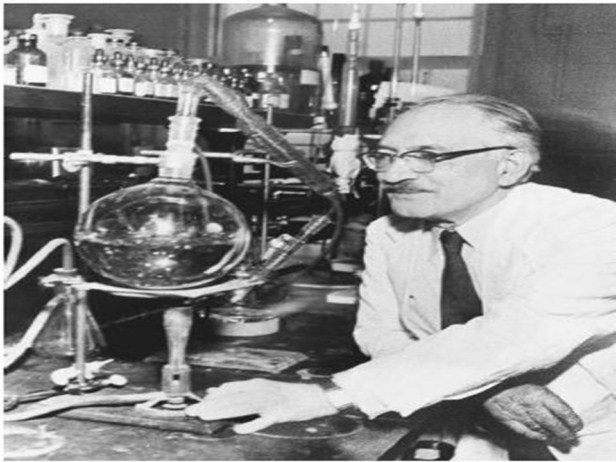 |
Selman Abraham Waksman (22 July 1888 – 16 August 1973) was an American
biochemist and microbiologist whose research into organic substances—largely
into organisms that live in soil—and their decomposition promoted the
discovery of Streptomycin, and several other antibiotics. It was not until
1946 with the development of the antibiotic streptomycin that effective
treatment and cure became possible. Prior to the introduction of this drug,
the only treatment besides sanatoria were surgical interventions, including
the pneumothorax or plombage technique — collapsing an infected lung to
"rest" it and allow lesions to heal — a technique that was of little benefit
and was mostly discontinued by the 1950s. By the mid-1950’s a three drug
regimen had proven successful in curing most tuberculosis cases and the
tuberculosis sanitariums began to close around the United States. In the
1990’s the emergence of multidrug-resistant TB has again introduced surgery
as part of the treatment for these infections. Here, surgical removal of
chest cavities will reduce the number of bacteria in the lungs, as well as
increasing the exposure of the remaining bacteria to drugs in the
bloodstream. It is therefore thought to increase the effectiveness of the
chemotherapy |
